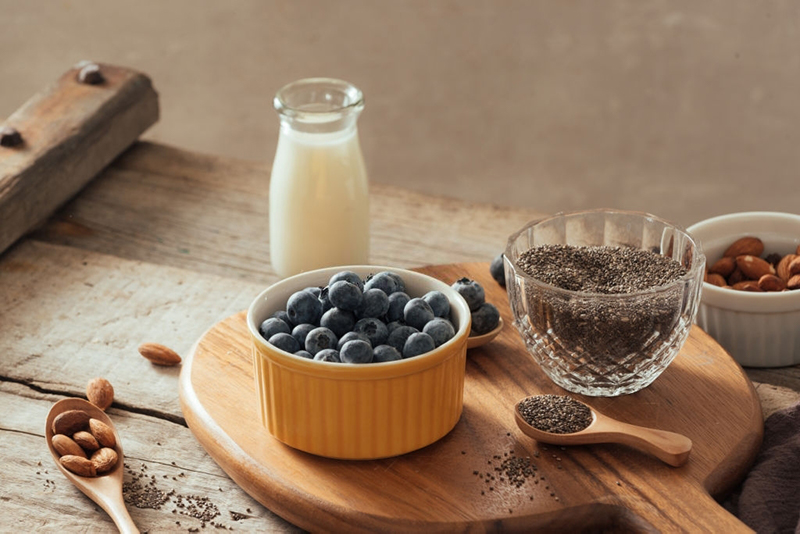What is the truth about complementary and alternative medicine?
The phrase complementary and alternative medicine (CAM) refers to therapeutic methods that are not now considered part of standard allopathic medicine. When treatments are used in addition to traditional therapies, they are termed complementary, and when they are used instead of conventional therapies, they are considered alternative. Using probiotics or cranberry supplements alone to treat urinary tract infections is an example of complementary and alternative medicine (CAM). probioticseverything.comprobiotic urinary tract
CAM’s growing popularity is likely due to a number of factors. For starters, traditional medical treatments are only marginally effective for many illnesses. Prescription medicine insurance coverage for numerous “quality of life” diseases is diminishing in several nations, including the United States. There appears to be an increasing desire among patients for more holistic and “natural” therapy choices, maybe as a result of worries about the safety of prescription drugs. probioticseverything.comprobiotic urinary tract
Probiotics are beneficial microbes.
Probiotics are bacteria that are good to one’s health and can be found in the body. Probiotics are “good bacteria,” and while they are most commonly associated with the digestive system, they can also be found in other places of the body, including the vaginal area. probioticseverything.comprobiotic urinary tract
Probiotics have been explored in the treatment of recurrent urinary tract infections in women (UTIs). The transport of bacteria from the rectum and/or vagina to the urethra and bladder causes a UTI. Lactobacillus is an integral part of the natural flora of the female genitourinary tract, and its absence increases the risk of a urinary tract infection (UTI). probioticseverything.comprobiotic urinary tract
One of the four randomized controlled trials using the lactobacillus probiotic to treat UTI found a 73 percent reduction in recurrent UTI episodes compared to the previous year. In that study, the control group had six UTIs per patient per year, while the probiotics group had 1.3 UTIs per patient per year. probioticseverything.comprobiotic urinary tract
Probiotics were found to have no benefit in the other three trials. However, they used a variety of bacteria strains and may not have enrolled enough subjects to demonstrate a meaningful difference. probioticseverything.comprobiotic urinary tract
Lactobacilli that produce hydrogen peroxide are thought to be useful in preventing urinary tract infections. Females colonized by such lactobacilli, both vaginally and rectally, had a lower risk of vaginal infection, according to a study of 290 people. This is one of the reasons why the hydrogen peroxide-producing L. reuteri RC-14 was combined with L. rhamnosus GR-1 to create a UTI-prevention combination therapy. Products like fem dophilus claim to have a combination of the two bacteria. probioticseverything.comprobiotic urinary tract
Cranberry products significantly reduced the incidence of UTIs at 12 months in two high-quality randomized controlled trials compared to women in the control group who took a placebo. The incidence of UTIs did not differ significantly across the juice and pill forms. probioticseverything.comprobiotic urinary tract
Because pure cranberry juice tastes awful, we frequently recommend cranberry pills to our persistent UTI patients. probioticseverything.com







